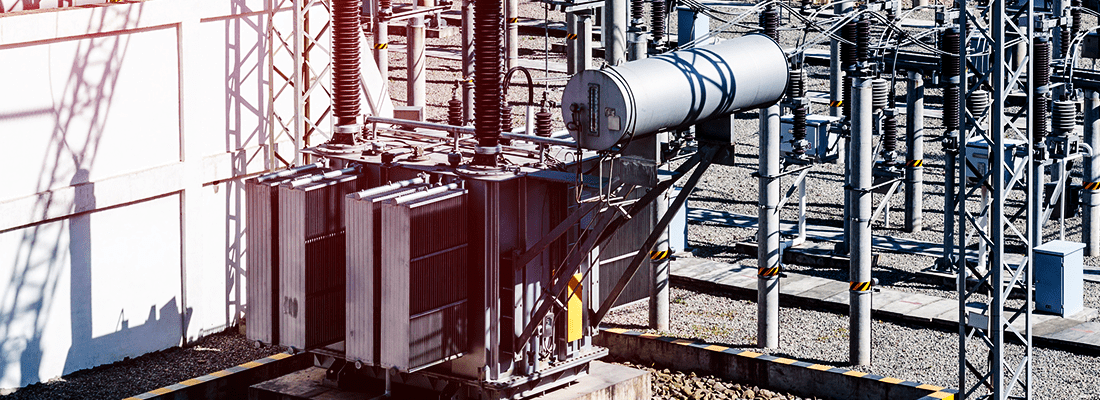Ensure Uptime During Times of Emergency

With the recent demand and reliance on back-up power generators as a result of 1) the global pandemic and 2) inclement weather forcing us to work from home more, this puts stress on the power grid as well as the internet connectivity now more than ever. Ensuring your back-up power generators are reliable and up and available when you need them is crucial during these times.
Here are some key points to help provide you with guidance on what to look for in our power generation systems, not limited to just engines, but the whole system. Monitoring radiator and coolant performance and fuel quality are keys to ensuring continuous uptime without any unexpected failures or run time issues.
Maintenance Tips To Perform During Each Preventive Maintenance:
- Visual | Check the system gauges, sensors, hoses, thermostats, breathers and filters for any abnormalities, loss of pressure, damage/missing breathers or filters. Check exhaust for white or black smoke and overheating
- Audible | Listen for any abnormal knocking, vibrations or air leaks. This may lead to performing pressure test checks on both the coolant and engine. These tests may result in further troubleshooting (pressure test checks, vibration analysis or data sensor review)
- Smell | Coolant leaks can often lead to a sweet smell – this can be the glycol. Burnt smells can be from both coolant and engine oil. Also check for signs of strong diesel fuel or fluid leaks from hoses, radiator, head gaskets and injectors
- Fluid | Check for emulsion (a milky lacey appearance) and visible water and/or oil or separation of fluid types. This can indicate fluid contamination
- Visible Debris | Check for any type of flakes, flocculent, debris, wear, dirt, microorganisms or filter media in the fluid. A magnet can be used to see if the debris is magnetic. In coolants/fuels this can indicate corrosion in radiator or fuel tanks and in engines wear
Why Test All Three Fluid Types?
All three fluid types (oil, coolant and diesel fuel) run within your system in sync. If any one component type isn’t running up-to-par, it will put stress on the other components leading to a snowball effect of failures. These can easily be prevented by putting in place preventive measures to minimize failures, incur maintenance/part costs and down time. Here’s why:
- OEM’s have stated roughly 40 percent of engine failures are due to cooling systems
- Roughly 80 percent of premature engine failures are traced back to cooling system issues that could have been corrected by coolant sampling
- Poor diesel fuel maintenance can result in fuel injector failures, filter plugging, smoking and loss of power
- Dirty fuel can lead to injectors leaking fuel into the crankcase causing lubricity issues for the lubricant and increasing engine wear
- Poor cold weather fuel properties can also lead to fuel gelling, cold filter clogging and engine failures
- Engine and coolant overheating can place stress on the coolant system causing a chemical reaction within the coolant properties
- Engine and lubricant overheating has a negative impact on the lubricant. Increasing the oxidative life of the oil results in the inability to protect the engine from wear while keeping it clean.
Using the Right Fluid
Oil | Checking your engine oil will ensure the engine is not experiencing any type of abnormal wear, contamination or oil degradation. This keeps the engine running longer and prevents overheating – resulting in a longer engine life cycle.
Coolant | Ensuring that you are using the right OEM-specified coolant is the first step. Make sure to test the coolant properties yearly for signs of degradation, checking that the coolant properties are still within range and what corrections/adjustments need to be made to the formulations.
Diesel Fuel | Making sure diesel fuel properties meet ASTM D975 requirements (learn more about ASTM D975 here), during the summer and winter months is key. The fuel needs meet the quality specifications will save you on any engine related issues.

Proven Impact. Proven Uptime. Proven Savings.
Let us prove it to you.



